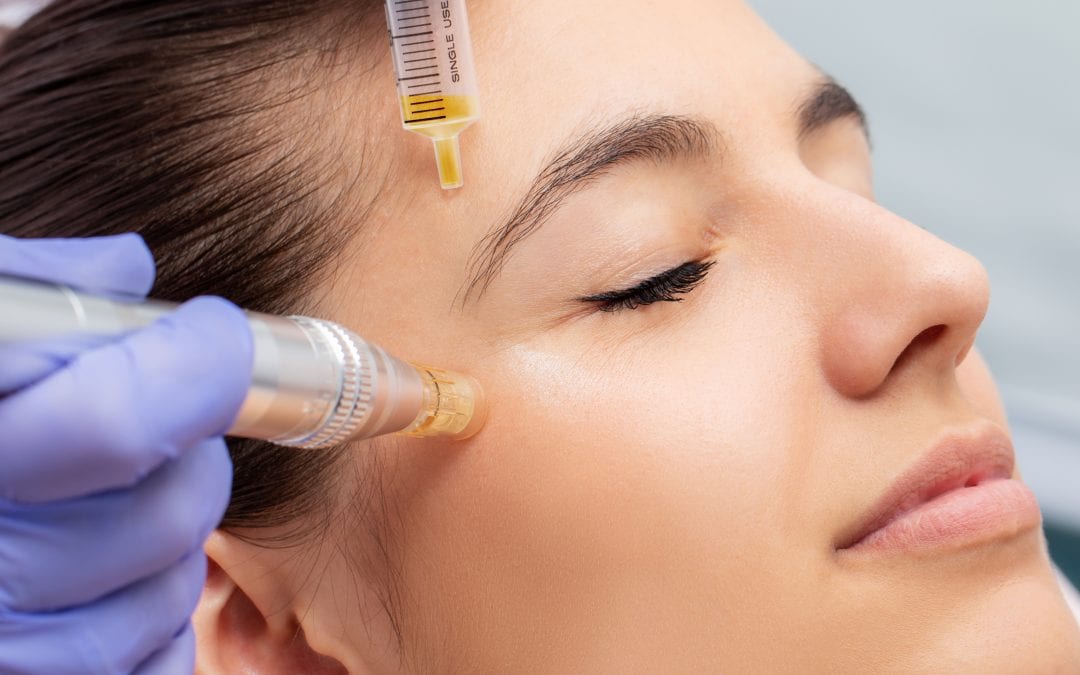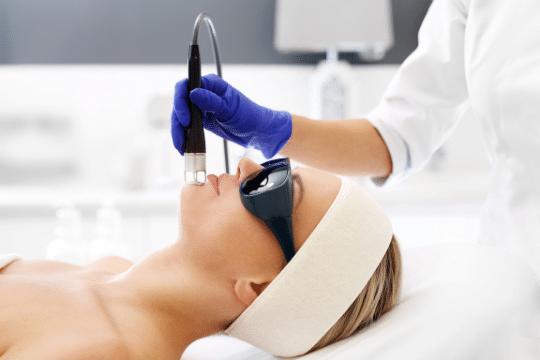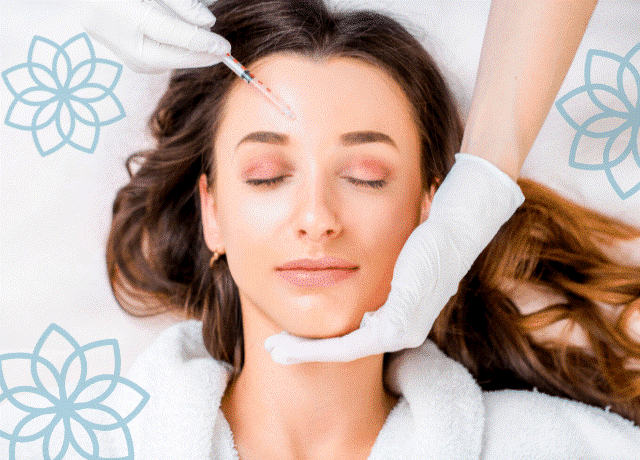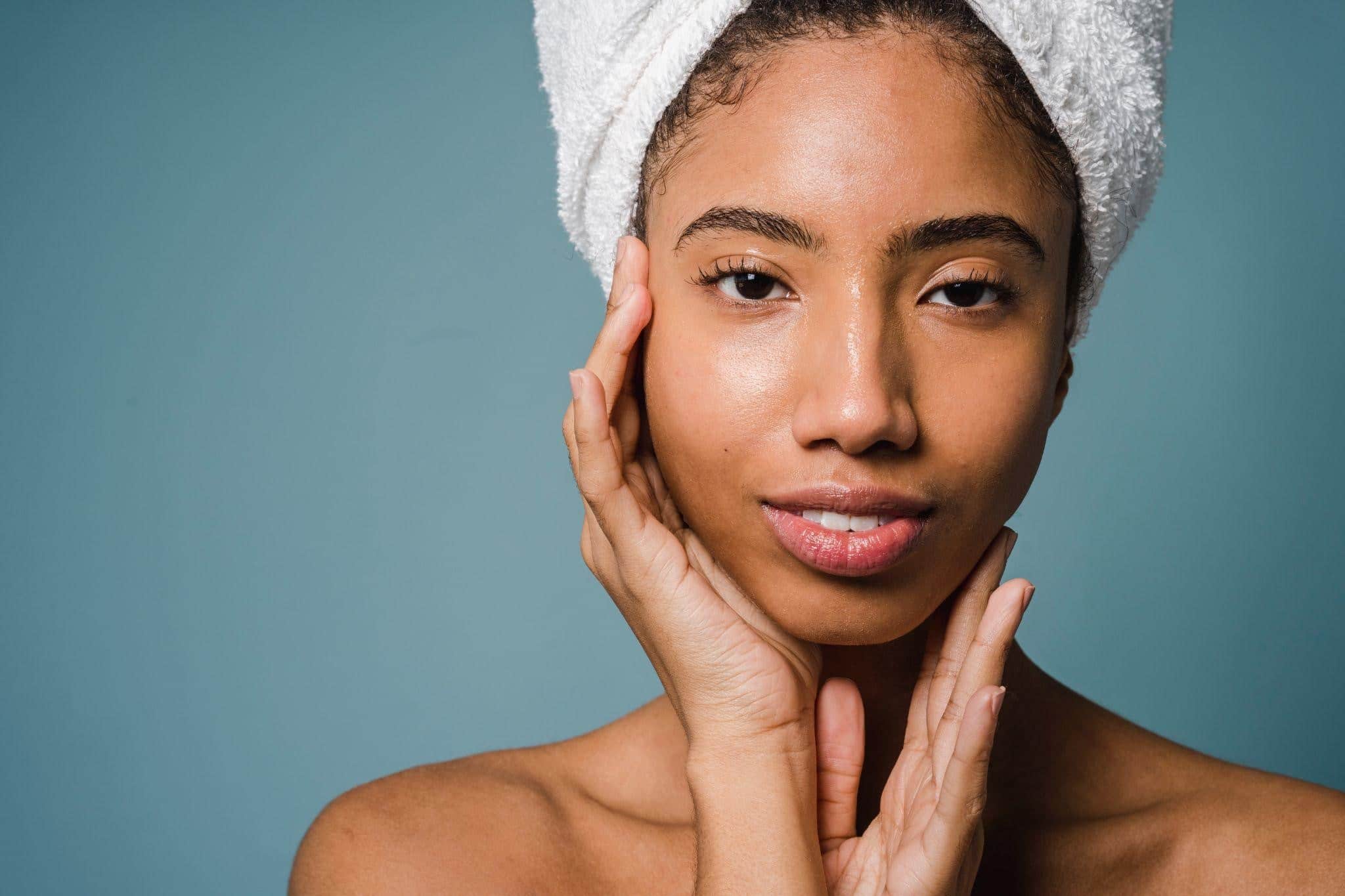
When our office’s experts perform PRP facials, many of our clients have many questions before the treatment. They’ve heard a lot of stories, evidence, theories, and misinformation regarding these latest skin-rejuvenation facials. The best way to deal with all of the myths about PRP (platelet-rich plasma) facials is to give you the hard facts.
It’s always a good idea to educate yourself about any care you’re thinking about, learning about its benefits, drawbacks, costs, and other relevant information. The lowdown on PRP facials is as follows:
What are PRP Facials, and how do they work?
Platelet-rich plasma facials, also known as PRP facials, are certainly something you’ve heard of. The basic procedure starts with a technician extracting whole blood and then separating the red cells with a centrifuge. The platelet-rich plasma that remains is used in the facial process.
Simply put, a PRP facial uses platelets and plasma from your blood to treat your face. During a short process, the natural chemicals in your PRP are slathered onto your face and then micro-needled into the skin. After the plasma has been injected, it helps to rejuvenate the entire face, tightening wrinkled areas and smoothing the overall appearance. PRP’s essential chemical components stimulate collagen formation, allowing it to do so.
Some people opt for a single facial, while others have a series of procedures done daily. The longer the effects of each PRP facial continue, which is around three to six months, the more you have them.
Why are PRP facials so popular?
- They significantly improve the appearance of your skin.
- Since the plasma comes from your own body, there is no risk of an allergic reaction.
- Pain and discomfort are minimal, and the procedure is fast.
What Does a Treatment Look Like?
Many of our clients are aware that a PRP facial will help them look healthier, younger, and more radiant in a short period, but they are also apprehensive about the procedure. After you’ve taken a seat, one of our team members will give you a quick rundown of what’s going to happen. Here’s a short rundown:
- A member of your medical staff takes a small sample of your blood and spins it to separate plasma and platelets from red cells. The operation does not require the use of red blood cells. When injected into the skin of your face, this protein-rich plasma helps stimulate collagen development.
- Around 20 minutes before surgery, we use a topical cream to numb the skin.
- The first infusion of hyaluronic acid and Phyto-boost is performed to ensure that the skin is sufficiently hydrated and pigment-free.
- Before moving on to the next stage of the procedure, the plasma is sprayed all over the face.
- A micro-needling system is used on your forehead, cheeks, and other parts of your face by the medical technician to ensure that the protein-rich material can penetrate deep into the skin.
- Micro-needling stimulates collagen growth on its own, so when combined with a PRP infusion, you get a double collagen-boosting impact.
- As a result of the micro-needling procedure, you can experience some superficial pain and mild bleeding on your face afterward.
- To treat volume deficient skin and small wrinkles, our team can use fillers or Botox to treat deep lines and other problematic facial skin areas.
What are the Typical PRP Facial Results?
It takes time for results to appear, particularly after the first facial. However, within a few days, most of our clients experience a generalized tightening of the skin, a flush and fullness to the entire face, and an overall healthy appearance.
The effects will last for months. That’s why many people want to have PRP facials a few times a year to keep their anti-aging products. To treat scarring, skin damage, and trouble areas, it’s best to schedule 4-6 treatments at two-week intervals at first.
What are the Benefits of a PRP Facial Treatment?
This treatment has given many advantages to our clients. It can virtually eliminate wrinkles, acne scars, stripes, stretch marks, and other forms of spots by assisting the body in producing new elastin and collagen. Furthermore, a PRP facial can make noticeable improvements in skin texture and color.
This one-of-a-kind therapy activates the body’s normal processes. In response to the needling, the skin starts to produce more collagen and elastin. At the same time, the body reacts to platelet-rich plasma and interacts with it to produce more collagen and elastin.



